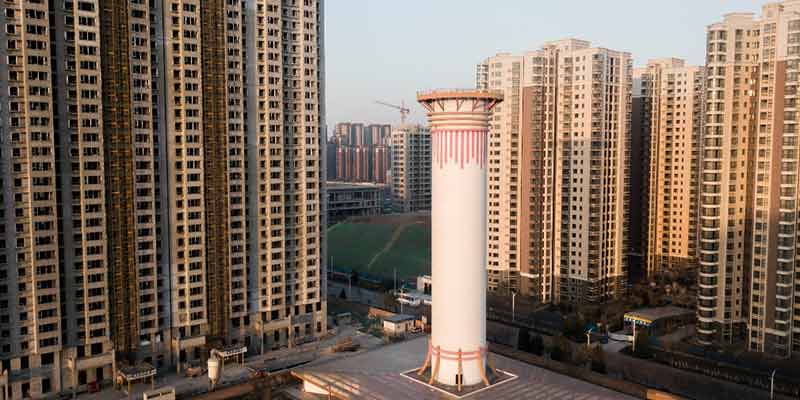- India
- Jan 06
Short Takes / First smog tower in Delhi
Cricketer-turned-politician Gautam Gambhir inaugurated a prototype air purifier installed in Lajpat Nagar’s Central Market and asserted fighting pollution in Delhi was his priority.
The purifier tower is capable of treating 6,00,000 cubic metres of air per day and collecting more than 75 per cent of particulate matters (PM) 2.5 and 10. After collecting polluted air, it releases clean air.
In December, the Supreme Court gave three months’ time to the central and Delhi governments for the pilot project of setting up a ‘smog tower’ at Connaught Place to deal with the problem of air pollution.
In 2018, China installed an air purifier in Xian in Shaanxi province, touted to be the world’s largest, to combat deadly pollution in the country.
What is a smog tower?
The smog tower, which is 6-m tall, has been built at a cost of Rs 7 lakh and installed in south Delhi’s Lajpat Nagar market.
Built in cylindrical design, it will purify the air within the vicinity of almost 500-750 metres. It is expected to purify around 6,00,000 cubic metres air per day and release fresh air in return.
World’s largest air purifier
A tower over 100 m high in northern China - dubbed the world’s biggest air purifier by its operators - has brought a noticeable improvement in air quality, according to a media report.
The tower has been built in Xian in Shaanxi province and is undergoing testing by researchers at the Institute of Earth Environment at the Chinese Academy of Sciences.
Polluted air is sucked into the glasshouses and heated up by solar energy. The hot air then rises through the tower and passes through multiple layers of cleaning filters.
The purpose of the project was to find an effective, low-cost method to artificially remove pollutants from the atmosphere.
According to the report, the experimental facility in Xian is a scaled-down version of a much bigger smog tower that researchers hope to build in other cities in China in the future.
A full-sized tower would reach 500 m high with a diameter of 200 m, according to a patent application they filed in 2014.
The size of the greenhouses could cover nearly 30 sq km and the plant would be powerful enough to purify the air for a small-sized city.
Manorama Yearbook app is now available on Google Play Store and iOS App Store


